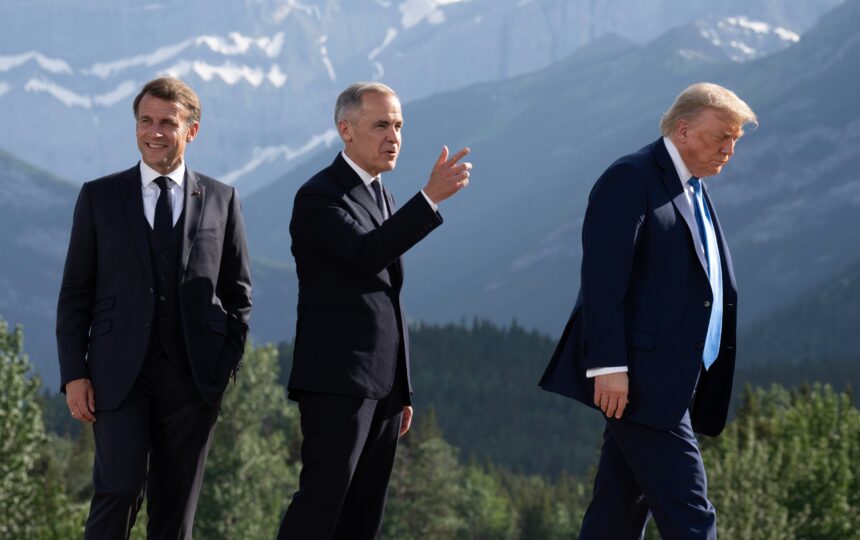As firefighters across Canada brace for another potentially devastating wildfire season, international critics are questioning a curious omission in the G7’s recently unveiled Wildfire Charter—the explicit acknowledgment of climate change’s role in escalating global fire events.
The charter, announced last weekend at the G7 Summit in Italy, outlines comprehensive strategies for international cooperation on wildfire prevention, detection, and response. However, environmental experts and policy analysts have quickly noted that while the document references “changing environmental conditions,” it conspicuously avoids direct mention of climate change as the primary driver behind increasingly severe fire seasons worldwide.
“When you create a global framework to address a crisis without naming its root cause, you’ve fundamentally undermined your own efforts,” said Dr. Elena Moretti, climate policy director at the International Climate Research Institute. “It’s like treating symptoms while ignoring the disease.”
The charter emerges following Canada’s record-breaking 2023 wildfire season, which saw more than 18.5 million hectares burned—an area larger than England and Wales combined—and forced tens of thousands of evacuations across multiple provinces. Scientists have consistently linked the increasing frequency and intensity of wildfires to climate change-induced drought conditions, higher temperatures, and altered precipitation patterns.
Canadian Environment Minister Steven Guilbeault expressed measured support for the charter while acknowledging its limitations. “While we welcome the G7’s commitment to wildfire cooperation, we recognize that any effective strategy must address the climate crisis driving these events,” Guilbeault stated in a press briefing Monday.
The diplomatic language of the charter reportedly reflects intense negotiations between member nations, with sources close to the talks suggesting that certain delegations resisted explicit climate change references. This political compromise has drawn sharp criticism from environmental advocates who argue that effective policy must be grounded in scientific reality.
“This omission isn’t accidental—it’s political calculation masquerading as consensus,” said Jennifer Portman, director of Climate Action Network Canada. “When nations can’t even name climate change in documents specifically designed to address its consequences, it reveals how far we still need to go.”
Despite the omission, the charter does establish important frameworks for international cooperation, including shared early detection systems, cross-border firefighting resource deployment, and standardized training protocols. Fire management experts have cautiously praised these operational aspects while emphasizing they address only part of the challenge.
“The operational cooperation outlined here is valuable and necessary,” said Robert Tanaka, former chief of California’s Wildland Fire Services. “But without addressing the underlying climate factors, we’re essentially building a better bucket brigade while the house keeps getting more flammable.”
As Canadian officials prepare to implement the charter’s recommendations, questions remain about how effectively the international agreement will translate into on-the-ground fire management practices. Several provinces have already announced enhanced firefighting preparations for the 2025 season, with particular focus on protecting vulnerable communities and critical infrastructure.
For residents of fire-prone regions across Canada, these high-level diplomatic discussions have immediate real-world implications. “Last year, I watched my neighbors lose everything,” said Marianne Chouinard, who was evacuated from her northern Alberta home during the 2023 fires. “I don’t care what they call it in their fancy documents—we just need solutions that work.”
As another fire season approaches and the planet continues warming, the critical question remains: can international cooperation on wildfire management succeed when diplomatic documents avoid naming the very force transforming our forests into tinderboxes?











